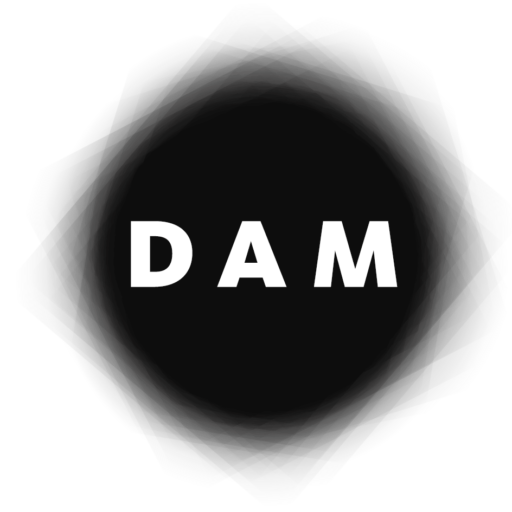
Ruth Leavitt is an early practitioner of computer art who created her first artworks in the early 1970s, using Sketchpad and a customised software designed by her, which allowed to stretch and deform the forms generated by the computer. These distortions became a distinctive characteristic of her work.
Further reference:
http://dada.compart-bremen.de/item/agent/551

Saint Paul, MN (USA), 1944
Ruth Leavitt received a degree painting at the University of Minnesota in 1969. A master-class student under Hans Hofmann, she initially practised abstract expressionism. Her husband Jay Allen Leavitt, who taught at the Computer Science Department at the University of Minnesota, prompted her to use a computer to create her artworks, and she experimented with Sketchpad, the interactive software available at the time. However, she felt frustrated with the limitations of the program, which locked forms into a pre-defined grid, and decided to design her own “stretching program,” which allowed her to distort, swivel, and deform lines. With this customised software, she created compositions such as Herringbone Variation (1974) and Diamond Variation (1975). In 1976, she co-authored with her husband Jay an article titled “Pictures Based on Computer Drawings Made by Deforming an Initial Design” (Leonardo, Vol. 9, No. 2, Spring, 1976, pp. 99-103) in which this procedure was explained. In the late 1970s, she produced film animations using a variation of the program. Leavitt was the editor of Artist and Computer (Harmony Press, 1976), one of the earliest compilations on computer art. Since the 1980s, she has taught computer graphics at the State University of New York in Buffalo, the University of Maryland in Baltimore County, and the Maryland Institute of Art in Baltimore.
